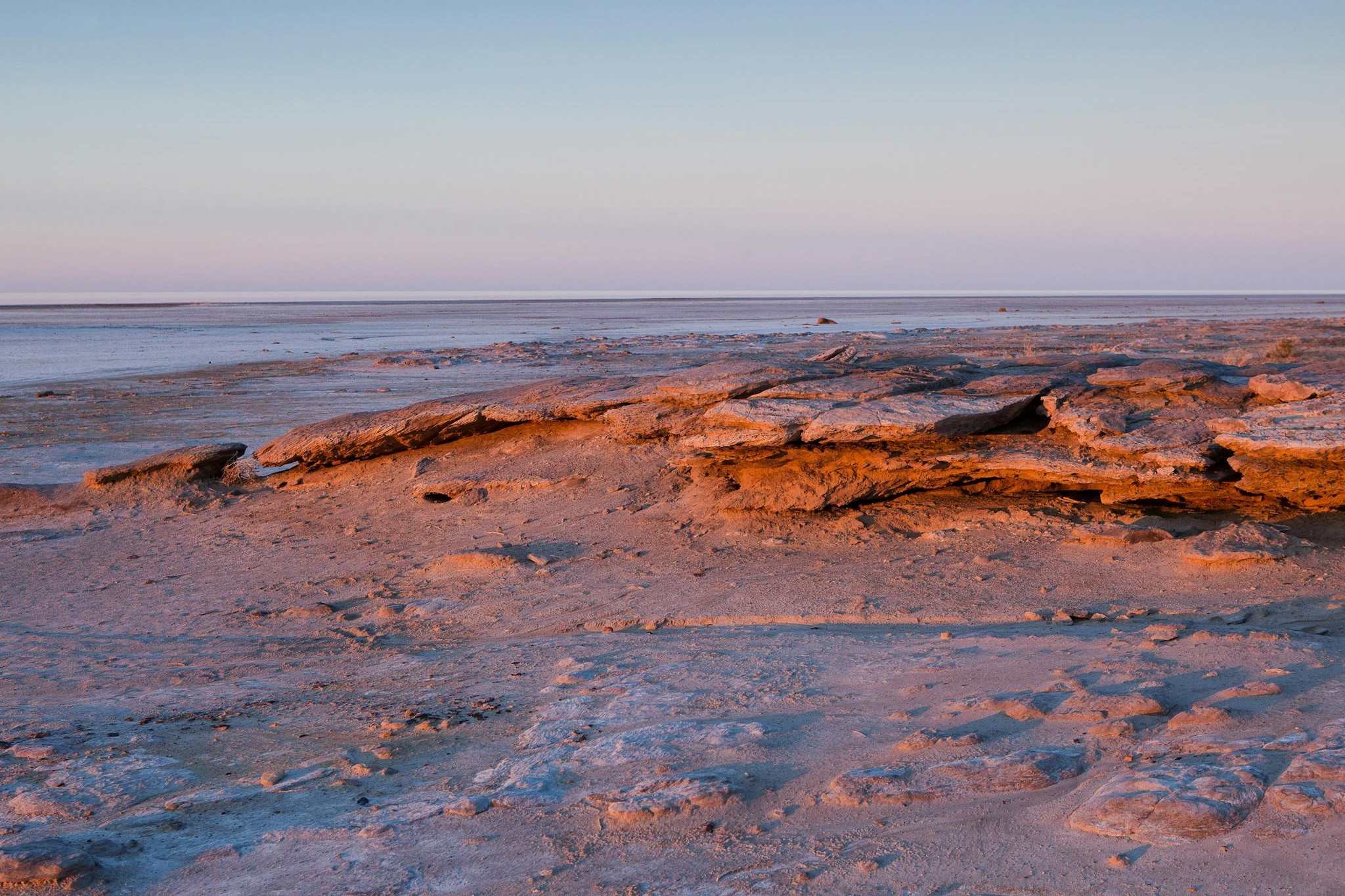
Lake Eyre, also known as Kati Thanda-Lake Eyre, is a natural wonder located in the heart of Australia. This vast salt lake, situated in one of the driest regions on Earth, offers a unique landscape that transforms dramatically with the seasons. When filled, it becomes the largest lake in Australia, attracting a myriad of bird species and creating a temporary oasis in the desert. However, during dry periods, it reverts to a shimmering salt flat, reflecting the harsh beauty of the Outback. Lake Eyre is not just a geographical marvel but also holds cultural significance for the indigenous Arabana people. Curious about what makes this lake so special? Here are 20 intriguing facts about Lake Eyre that will leave you amazed!
What is Lake Eyre?
Lake Eyre, also known as Kati Thanda-Lake Eyre, is a fascinating natural wonder located in South Australia. This endorheic lake, meaning it doesn't drain to the sea, is a place of extremes and surprises. Let's dive into some intriguing facts about this unique lake.
-
Largest Salt Lake in Australia: Lake Eyre is the largest salt lake in Australia, covering an area of about 9,500 square kilometers when fully flooded.
-
Lowest Point in Australia: The lake's surface sits approximately 15 meters below sea level, making it the lowest natural point in Australia.
-
Rarely Fills Completely: Despite its vast size, Lake Eyre rarely fills completely. It only reaches full capacity a few times each century.
The Unique Ecosystem of Lake Eyre
The ecosystem of Lake Eyre is as unique as the lake itself. It supports a variety of life forms that have adapted to its harsh conditions.
-
Brine Shrimp: When the lake fills, brine shrimp eggs hatch, creating a temporary but thriving ecosystem.
-
Bird Migration: The lake becomes a haven for birds, attracting thousands of pelicans, gulls, and other waterbirds during wet periods.
-
Salt-Tolerant Plants: Around the lake, you'll find salt-tolerant plants like samphire, which can survive in the saline environment.
Geological and Historical Significance
Lake Eyre holds significant geological and historical importance, offering insights into the Earth's past and human history.
-
Ancient Lake: The lake is believed to have formed around 200 million years ago during the Triassic period.
-
Indigenous Significance: For the Arabana people, the traditional custodians of the land, Lake Eyre holds cultural and spiritual significance.
-
Exploration: European explorers first reached Lake Eyre in the mid-19th century, with Edward John Eyre being one of the notable explorers.
Climate and Weather Patterns
The climate around Lake Eyre is extreme, with scorching summers and mild winters. These conditions greatly influence the lake's water levels.
-
Arid Climate: The region experiences an arid climate, with very low annual rainfall, averaging around 125 mm.
-
Flooding from Rainfall: When heavy rains fall in the lake's catchment area, it can lead to significant flooding, transforming the dry lakebed into a vast, shallow sea.
-
Temperature Extremes: Summer temperatures can soar above 40°C, while winter nights can be quite chilly.
Human Interaction and Activities
Humans have interacted with Lake Eyre in various ways, from scientific research to recreational activities.
-
Scientific Research: Scientists study the lake to understand its unique ecosystem and geological history.
-
Tourism: The lake attracts tourists, especially during rare flooding events, offering spectacular views and unique experiences.
-
Land Speed Records: The dry lakebed has been used for setting land speed records, thanks to its vast, flat surface.
Environmental Challenges
Lake Eyre faces several environmental challenges that threaten its delicate balance.
-
Climate Change: Changing weather patterns due to climate change could impact the frequency and intensity of flooding events.
-
Water Extraction: Water extraction from rivers feeding into the lake can reduce the amount of water reaching it, affecting its ecosystem.
-
Invasive Species: Invasive species pose a threat to the native flora and fauna around the lake.
Interesting Tidbits
Here are some more interesting tidbits about Lake Eyre that highlight its uniqueness.
-
Pink Water: Sometimes, the lake's water turns pink due to the presence of certain algae and bacteria.
-
Mirages: The flat, reflective surface of the dry lakebed can create stunning mirages, making it appear as though water is present even when it's dry.
The Wonders of Lake Eyre
Lake Eyre, Australia's largest salt lake, offers a unique blend of natural beauty and scientific intrigue. Its vast salt flats and occasional flooding events create a dynamic landscape that attracts both tourists and researchers. The lake's extreme conditions support a variety of adapted wildlife, making it a hotspot for biodiversity studies. When filled, it becomes a temporary haven for migratory birds, transforming the area into a bustling ecosystem.
The lake's cultural significance to the indigenous Arabana people adds another layer of importance. Their traditional knowledge and stories enrich our understanding of this remarkable place. Whether you're a nature enthusiast, a scientist, or someone who appreciates the wonders of the natural world, Lake Eyre has something to offer. Its ever-changing environment serves as a reminder of nature's resilience and the intricate balance of ecosystems.
Was this page helpful?
Our commitment to delivering trustworthy and engaging content is at the heart of what we do. Each fact on our site is contributed by real users like you, bringing a wealth of diverse insights and information. To ensure the highest standards of accuracy and reliability, our dedicated editors meticulously review each submission. This process guarantees that the facts we share are not only fascinating but also credible. Trust in our commitment to quality and authenticity as you explore and learn with us.


